Designing the structural components of a PVC membrane structure fabric to ensure optimal bearing capacity involves a combination of engineering principles, careful calculations, and adherence to industry standards and codes. Here are the key steps and considerations for designing the structural components effectively:
1. Site Assessment:
Begin with a thorough assessment of the installation site. Evaluate factors such as local climate conditions (wind, snow, rainfall), soil properties, and any potential site-specific challenges.
2. Load Calculation:
Determine the anticipated loads that the structure will encounter. This includes dead loads (the weight of the structure itself), live loads (such as snow, wind, and equipment), and any other relevant loads (e.g., rainwater accumulation).
Follow applicable building codes, standards, and engineering guidelines to calculate these loads accurately. Be conservative in load estimations to account for uncertainties.
3. Material Selection:
Choose appropriate materials for the structural components (columns, beams, trusses, cables) based on their strength, corrosion resistance, and suitability for the environmental conditions at the site.
Ensure that materials meet or exceed relevant industry standards and codes.
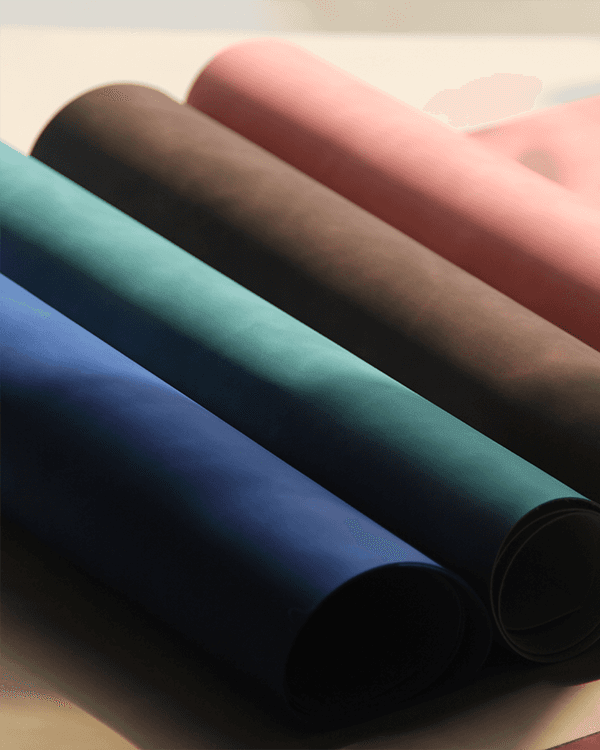
4. Structural Analysis:
Perform structural analyses using specialized software or calculations to assess the response of the support structure under various load scenarios. Consider both static and dynamic loads.
Evaluate the impact of wind, snow, and other environmental factors on the structure's stability.
Conduct finite element analysis (FEA) or other engineering analyses to refine the design.
5. Tensioning System:
Design an effective tensioning system to ensure proper tensioning of the PVC membrane fabric. Consider the attachment points, anchors, and tensioning hardware.
Ensure that the tensioning system can evenly distribute loads across the fabric and support structure.
6. Architectural Design:
Collaborate with architects and designers to integrate the structural components seamlessly into the overall design of the membrane structure. Balance aesthetics with functionality.
Consider the desired shape, curvature, and appearance of the fabric.
7. Safety Factors:
Apply safety factors to the calculated loads to provide a margin of safety. These factors account for uncertainties and variations in load estimates.
Safety factors are typically specified in building codes and industry standards.
8. Connection Details:
Design robust connection details between structural components to ensure load transfer and structural stability.
Pay close attention to welding, bolting, and other joining methods to prevent weaknesses or points of failure.
9. Maintenance Considerations:
Design the structure with maintenance in mind. Accessibility to structural components for inspections, repairs, and maintenance should be part of the design.



 English
English 中文简体
中文简体 русский
русский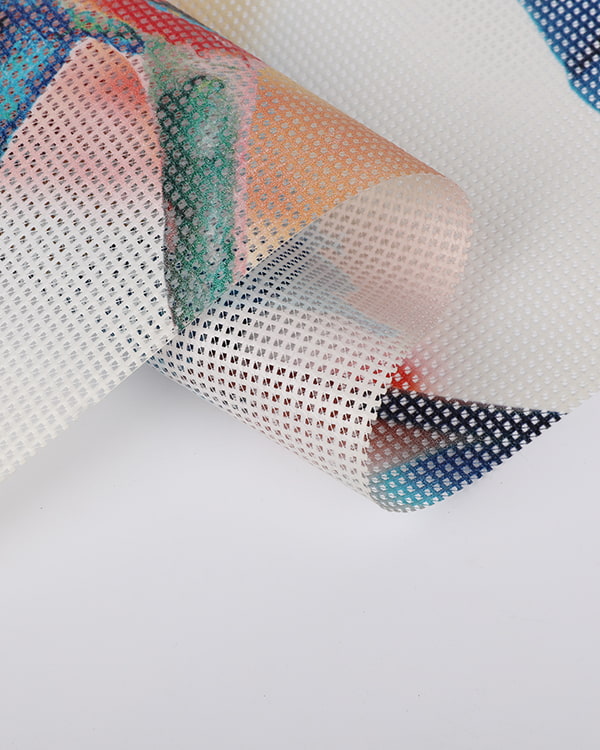
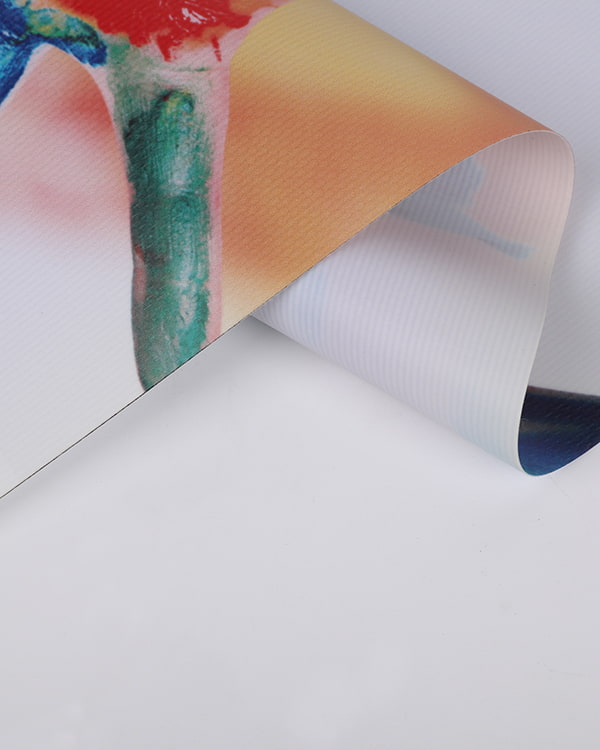
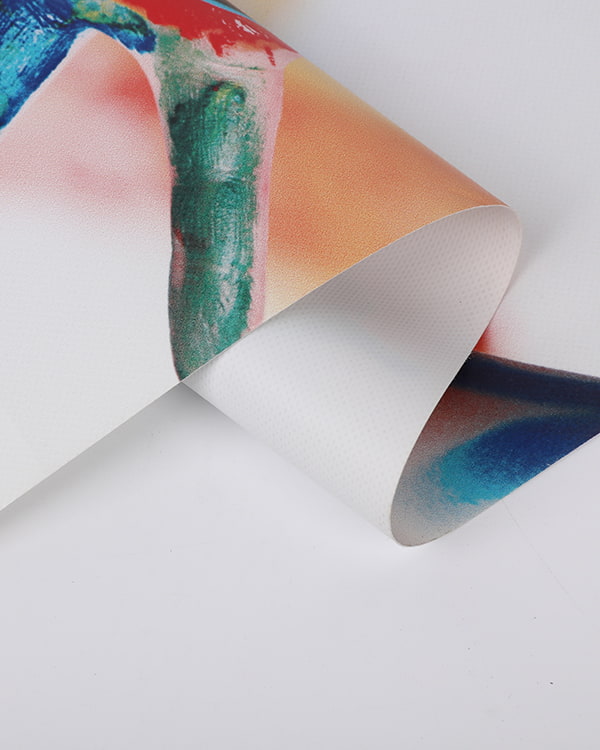
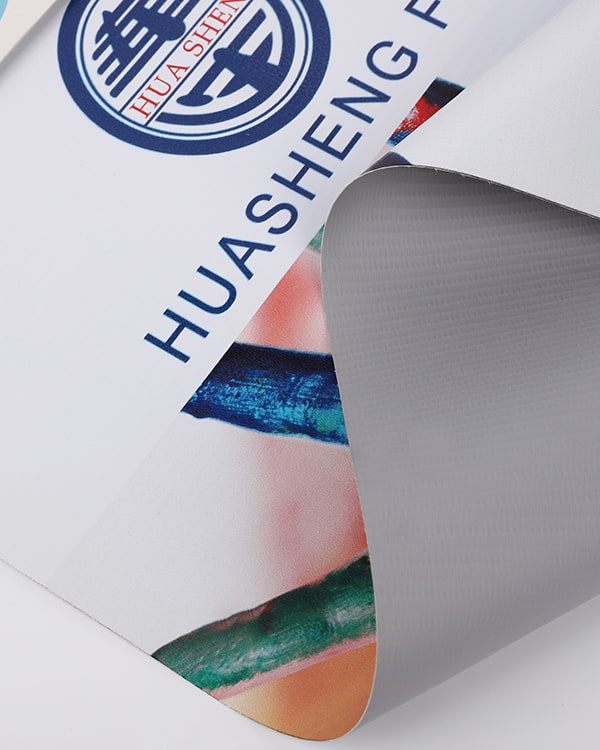
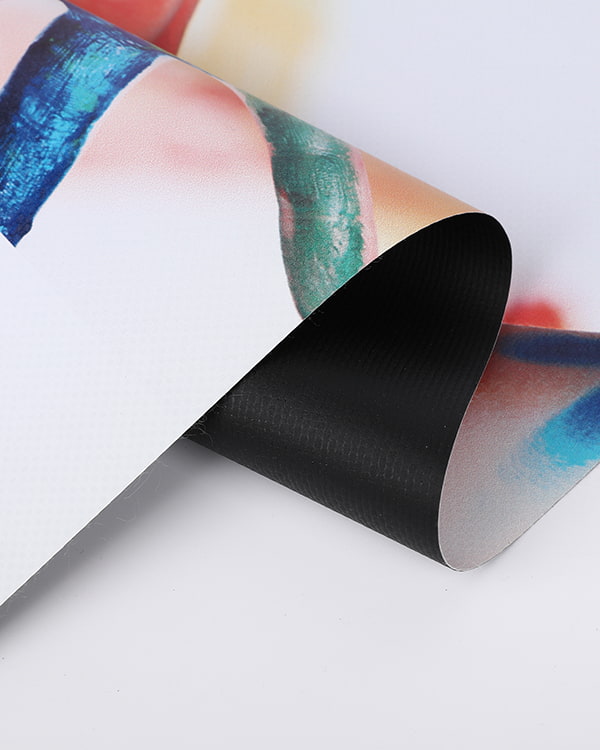
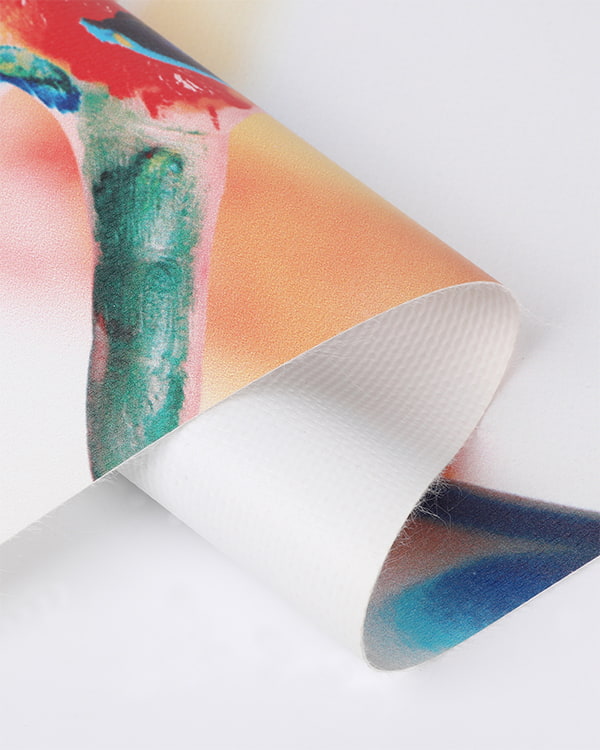
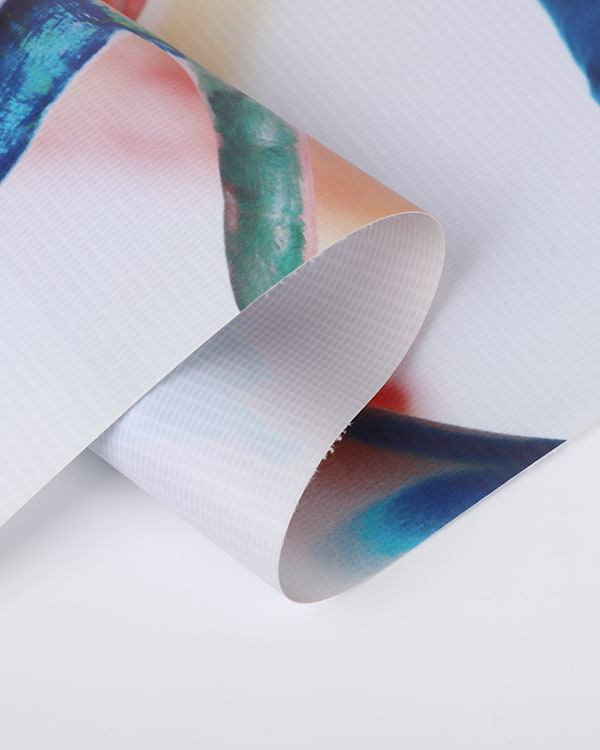
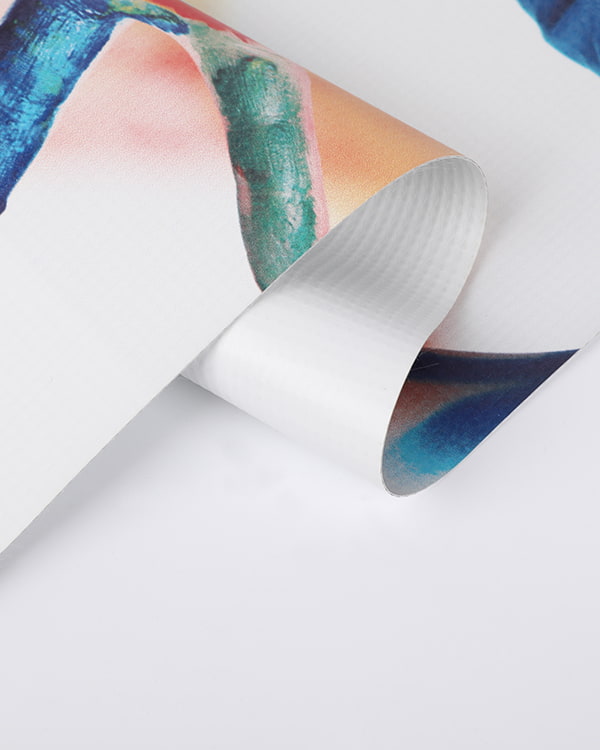
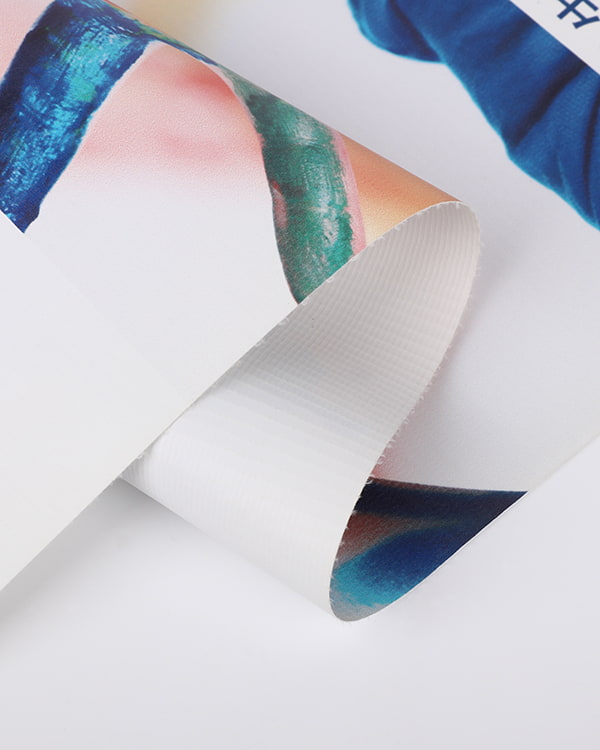
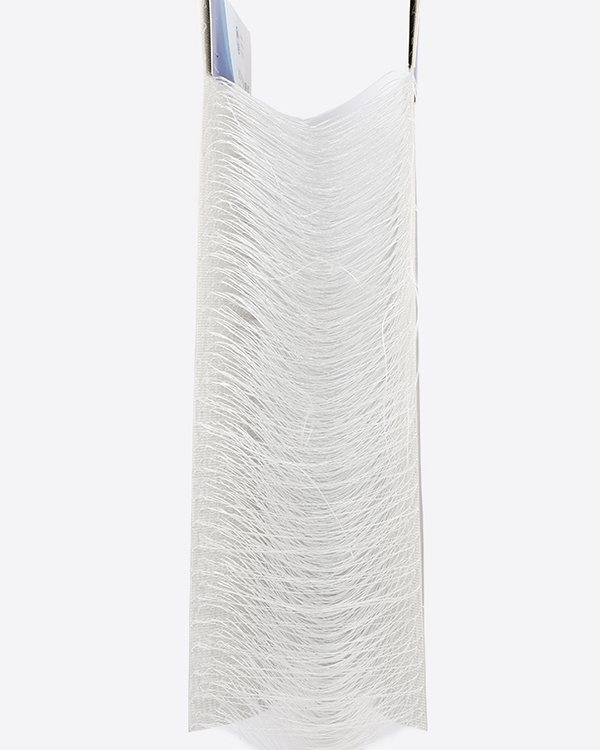
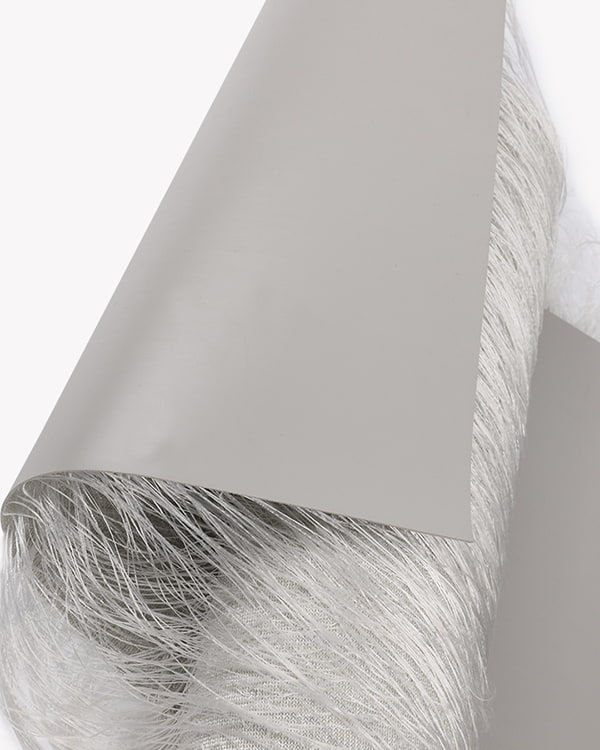
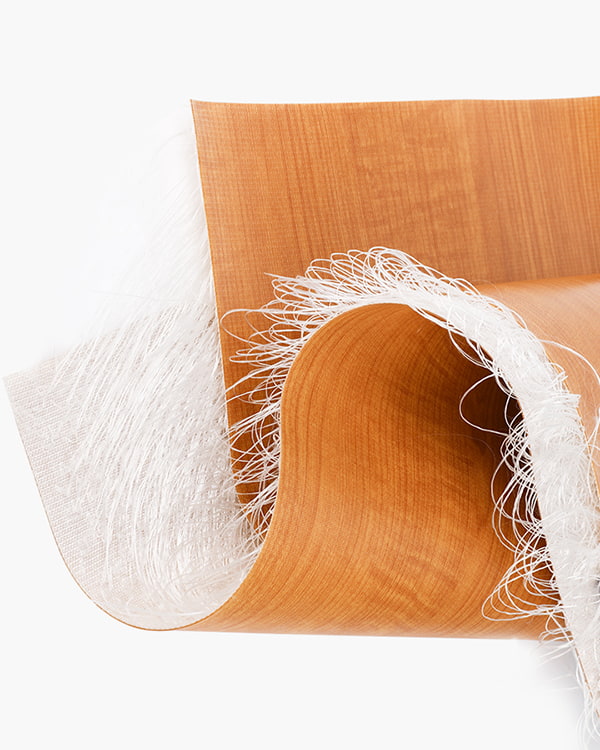





 浙公网安备33048102240301
浙公网安备33048102240301